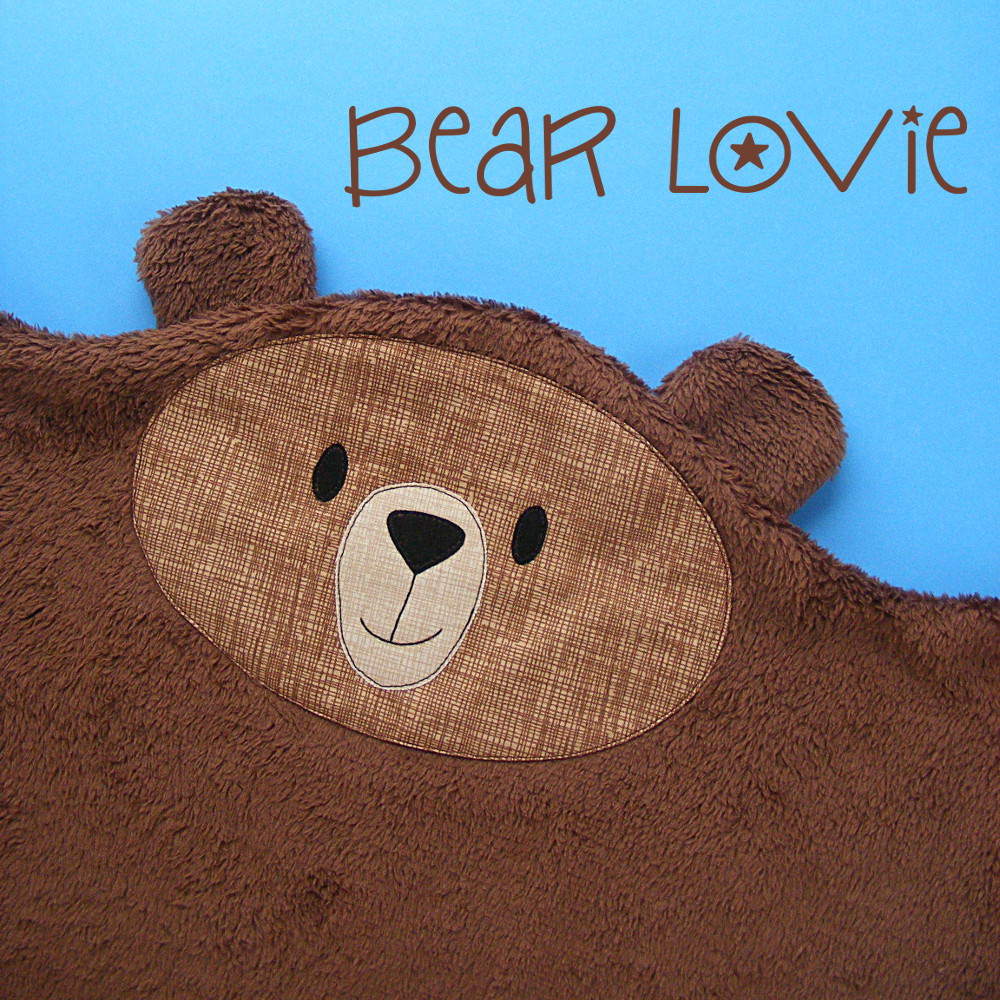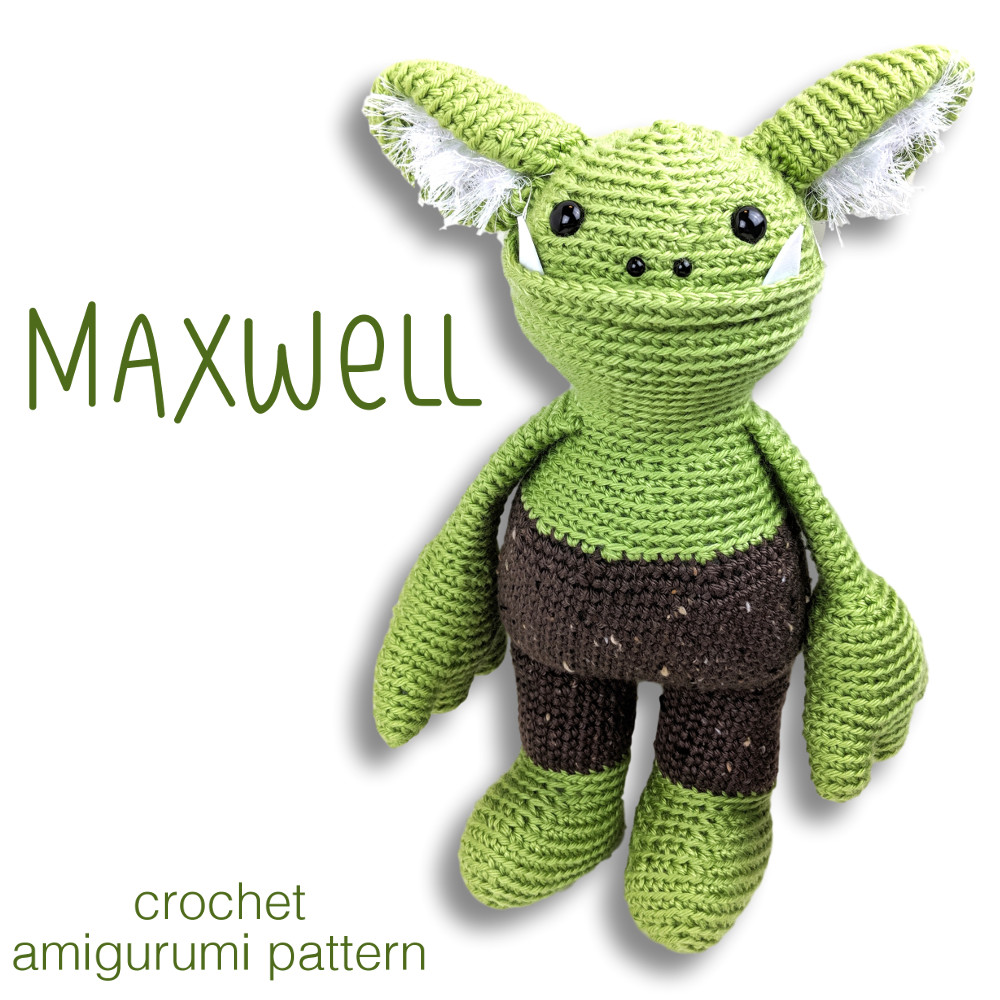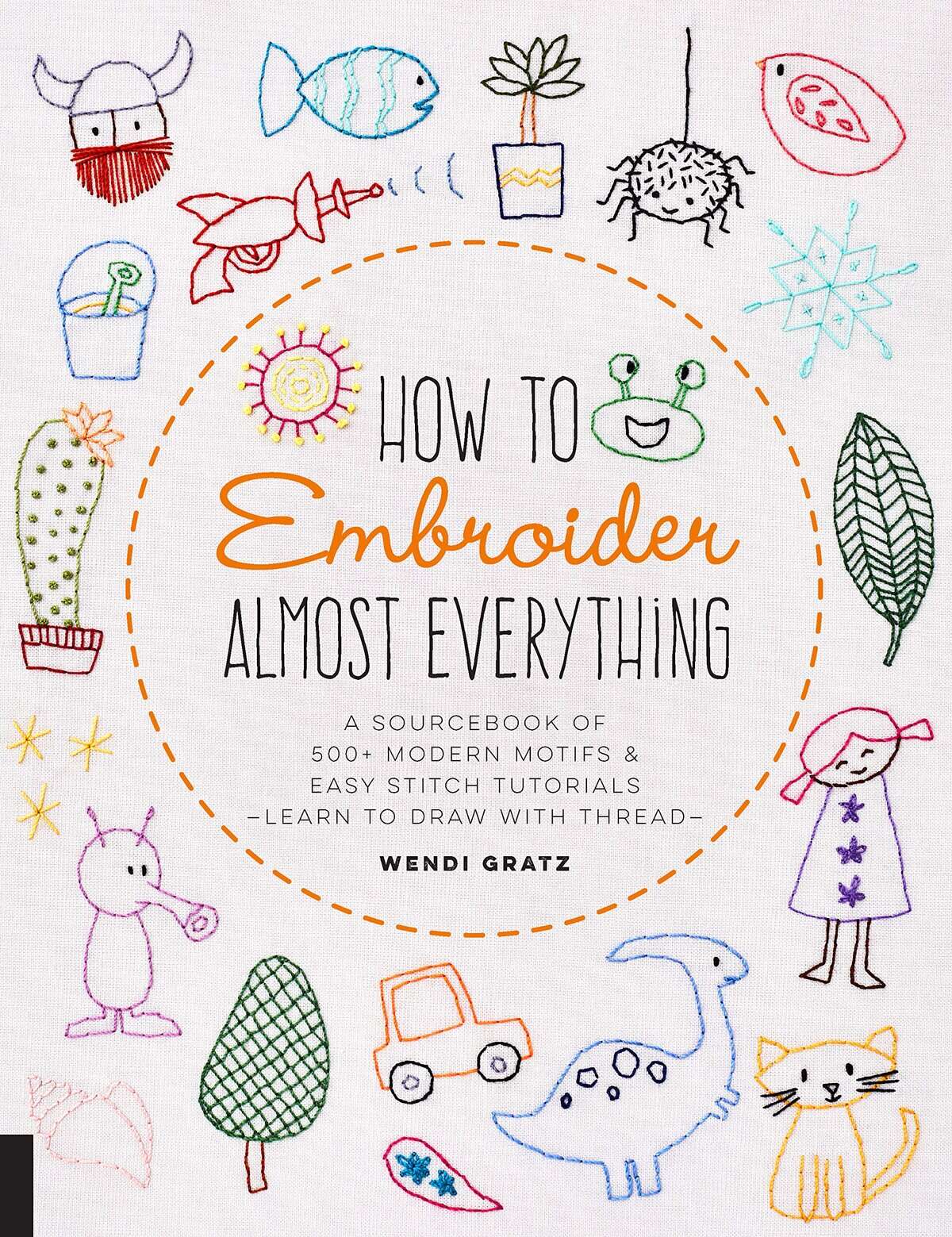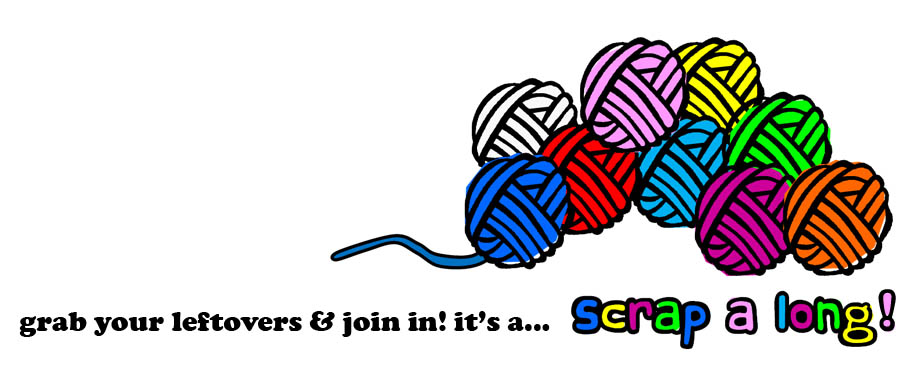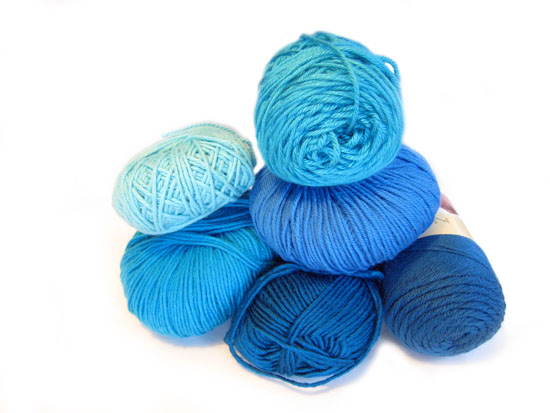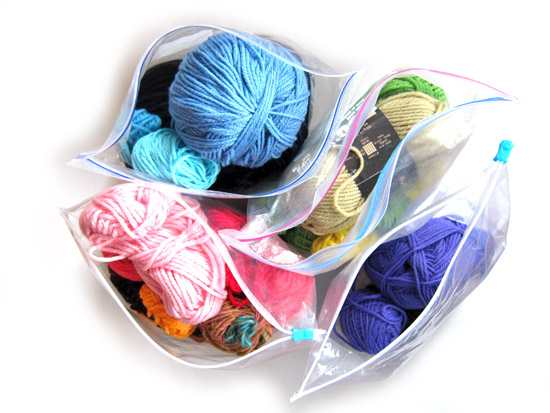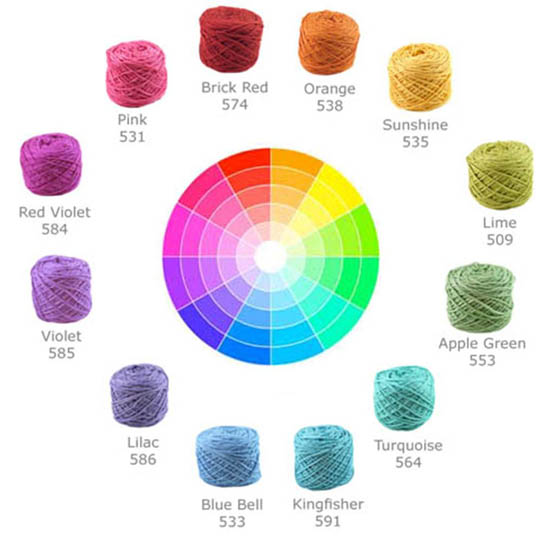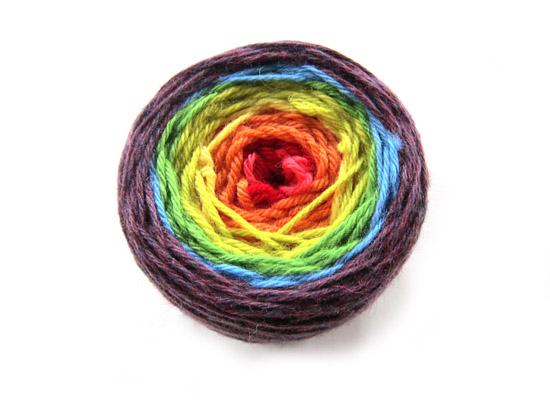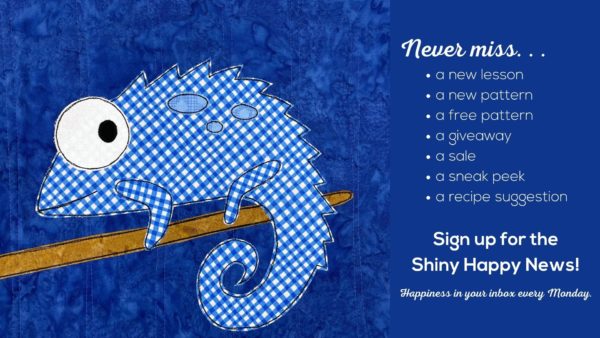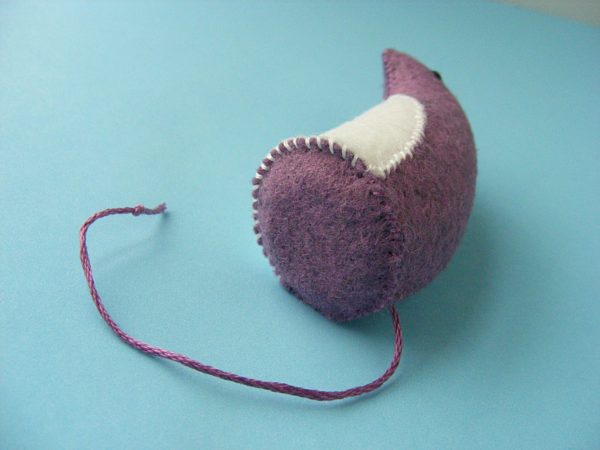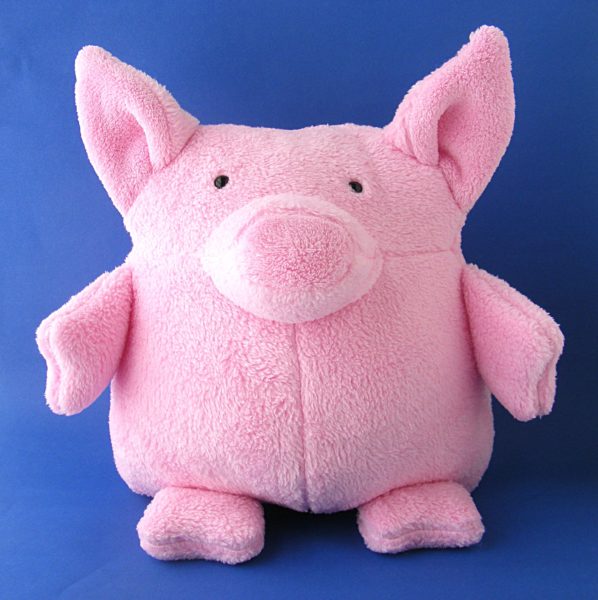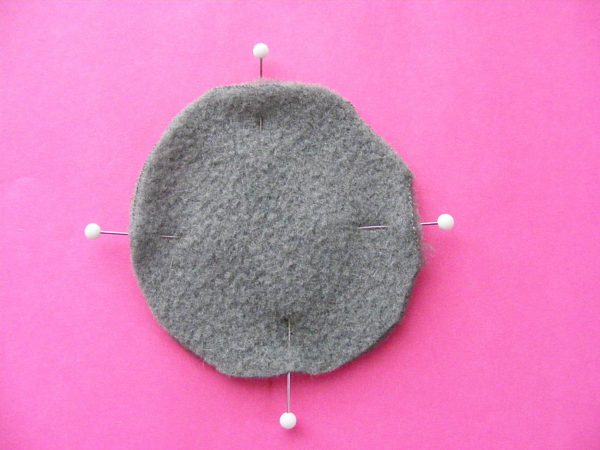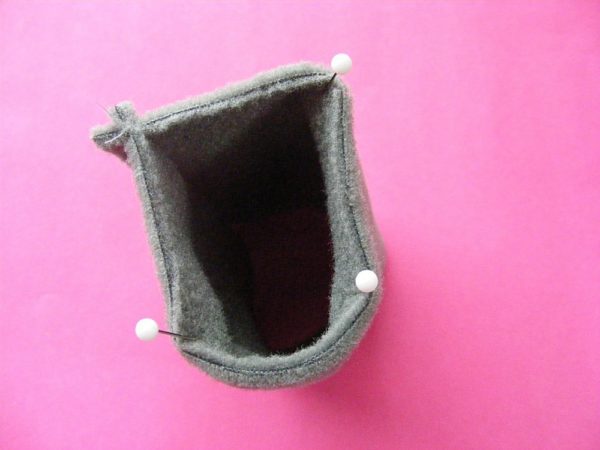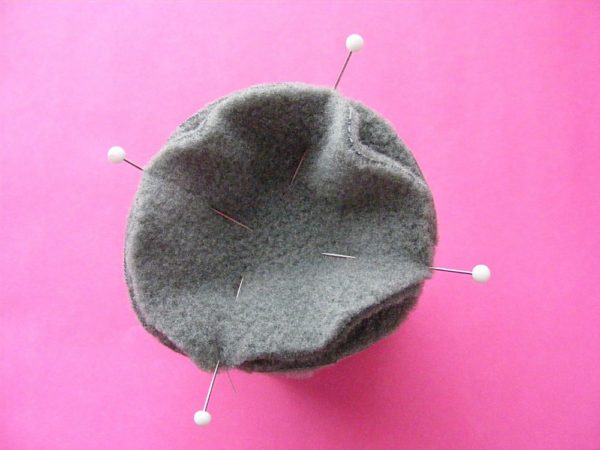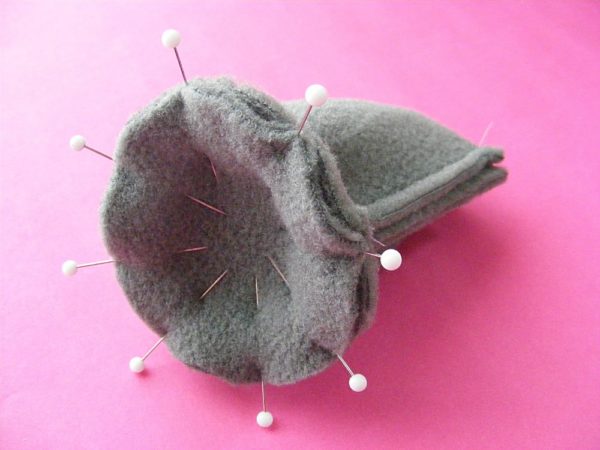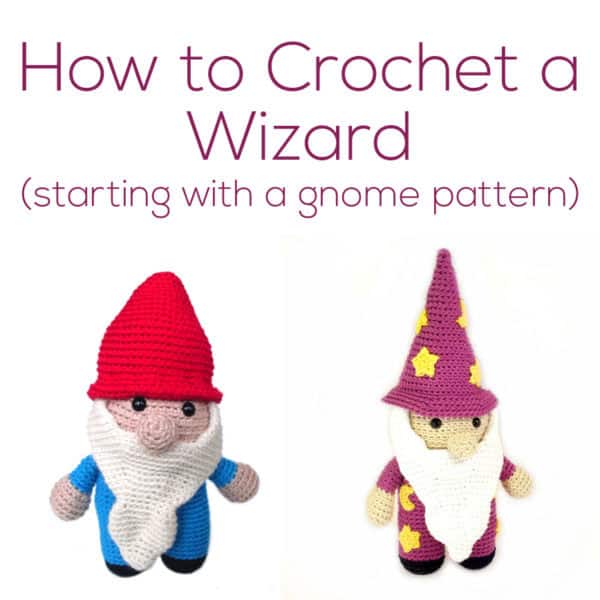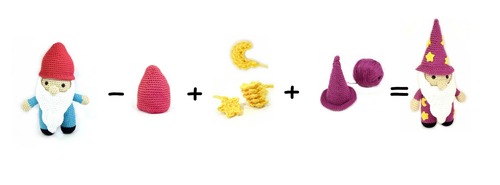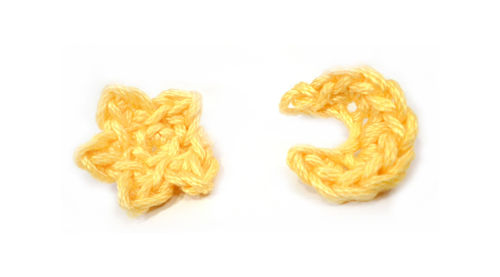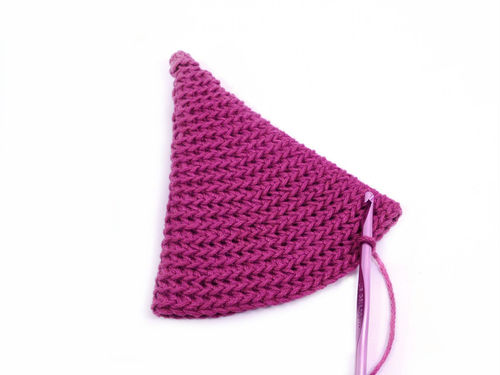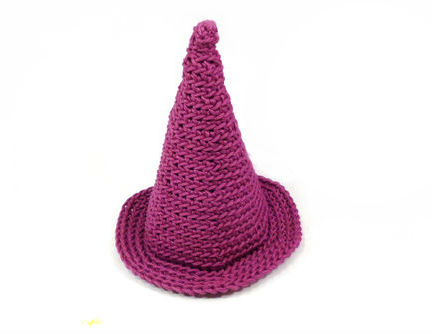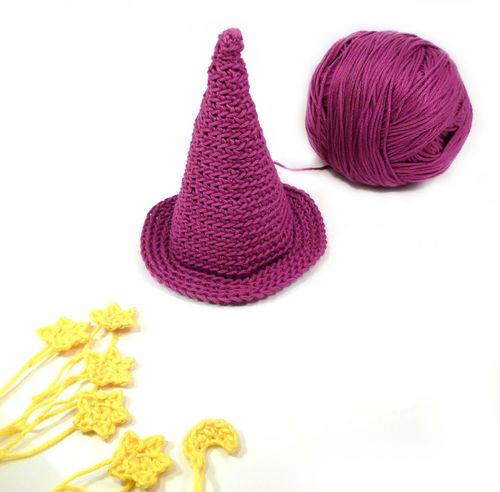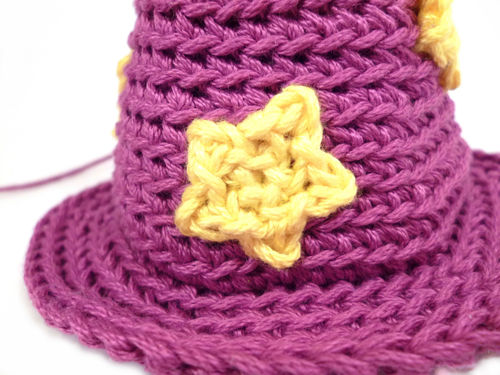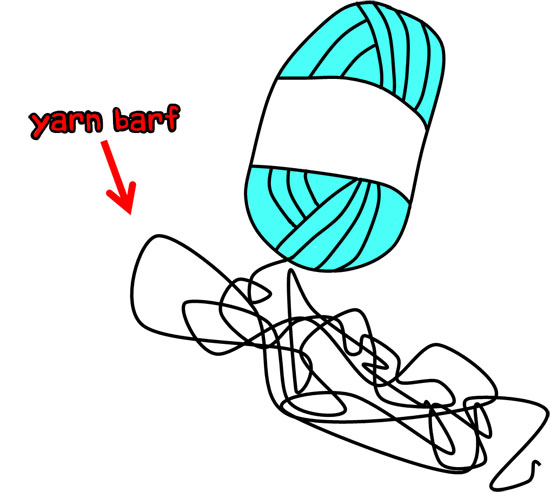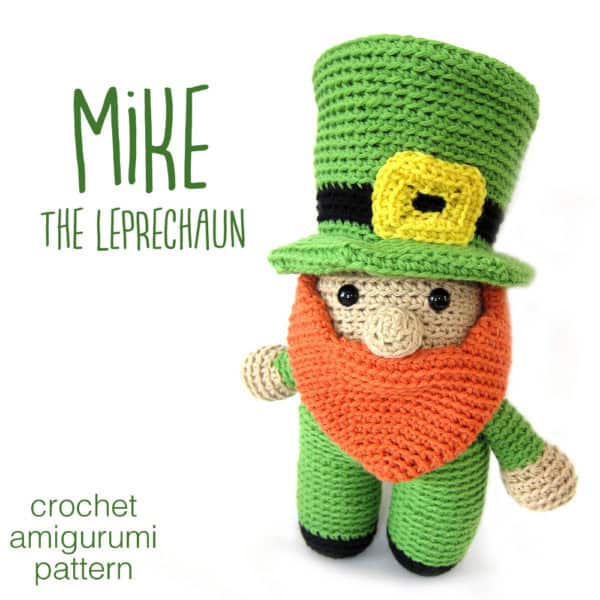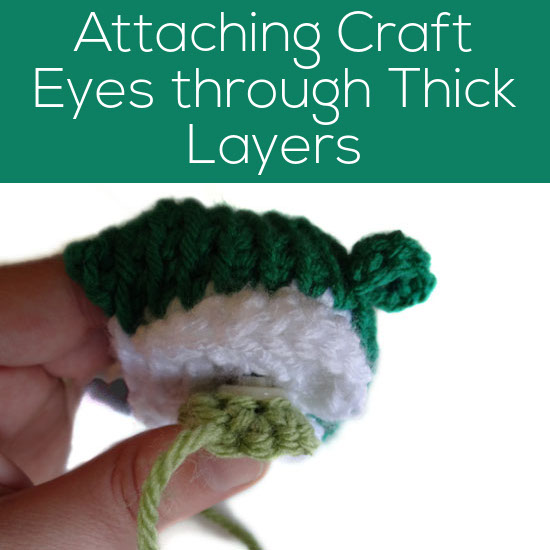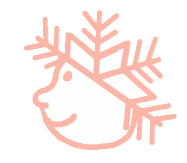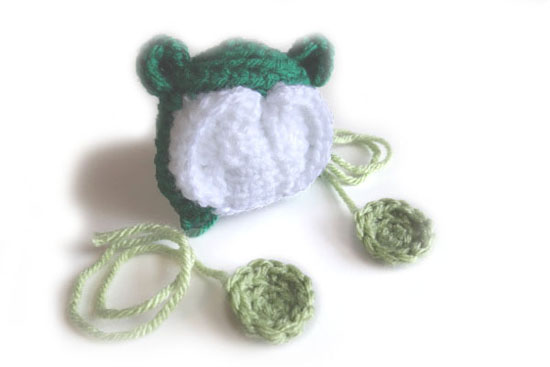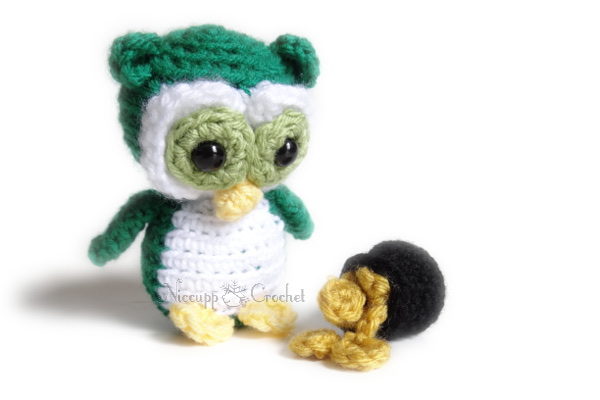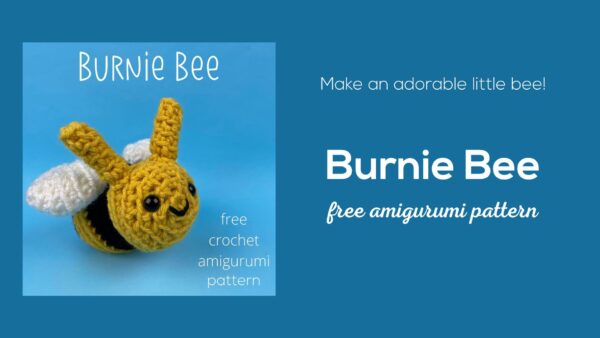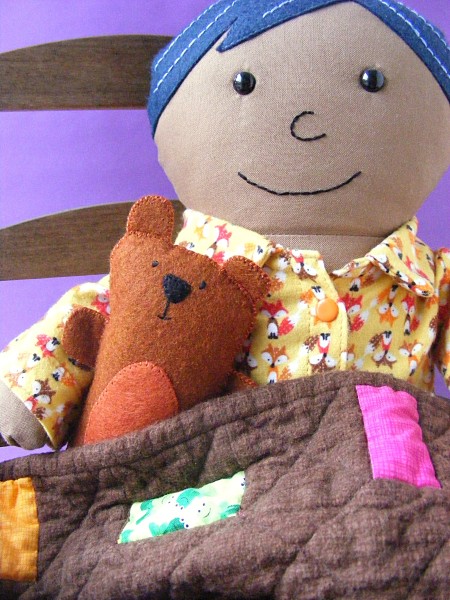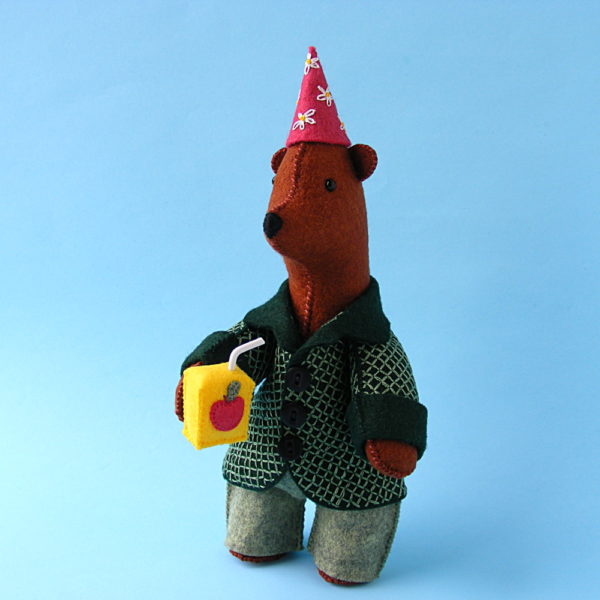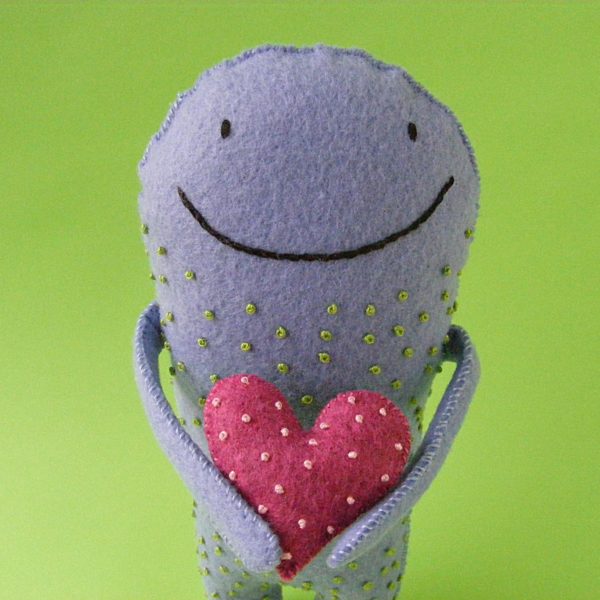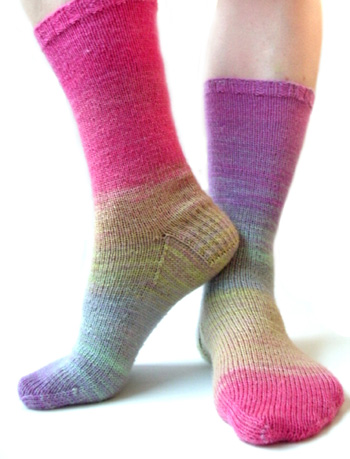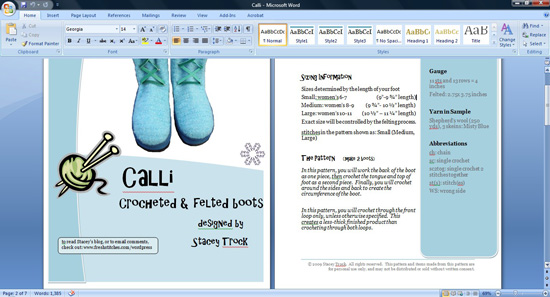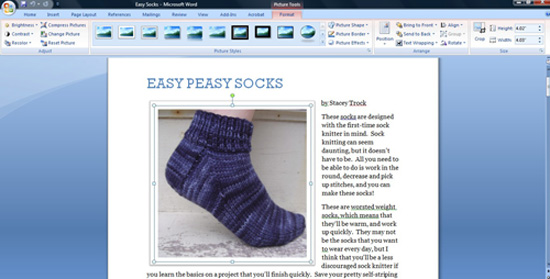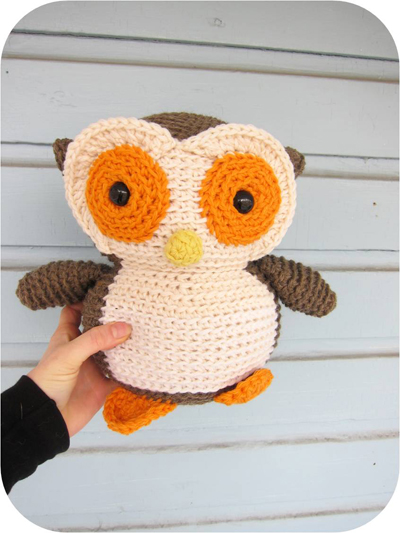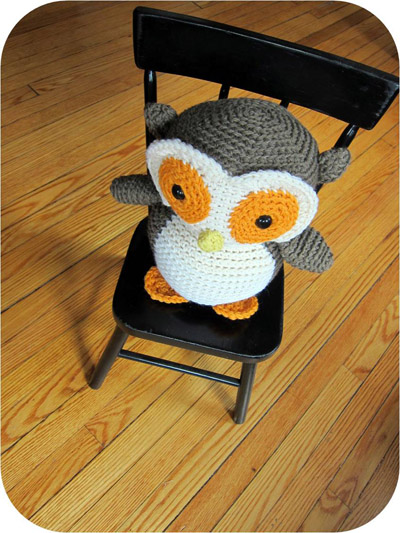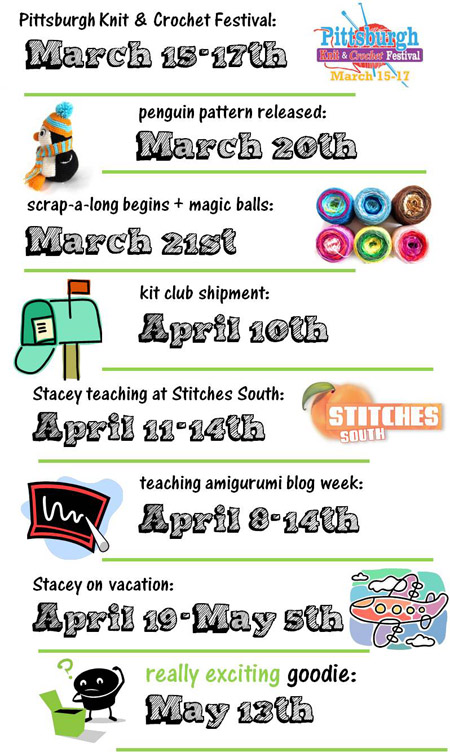You’re joining in on the scrap-a-long, right? This crochet-a-long is all about gathering up those little bits of yarn that you can’t find a use for… and turning them into something fabulous!
Even if you’re not crocheting with us, this post will help you to corral those scraps and get them organized! It’s spring… why not do a little cleaning up of your scraps?
Step 1: Find them… all
That’s it… now’s the time. Haul out all of your yarn bins and your baskets and start gathering the bits of yarn that are ‘scrappy’.
What counts as scrappy? That’ll vary by person… but my philosophy is: if you look at it and can’t figure out what in the world to do with it, it’s scrappy.
Step 2: Consider odd skeins
I know it’s a scrap-a-long, but to you have a skein of yarn in a color that just doesn’t work for you? It’s totally okay to throw it into the scrap pile.
The objective of this organizing is to clean out your stash… no need to leave uglies behind with your favorite skeins! At a later stage, you can snip these rogue skeins into scrap-sizes.
Step 3: Sort by weight
In the scrap-a-long, we’ll be making an animal from the scraps we gather, and it’s best to use scraps of the same thickness.
It doesn’t matter which thickness it is, just so long as they can work together without leaving holes in your work. So, select the thickness you’d like to use for your project, and pull out all of the bits of yarn with that thickness.
It’s not a science… trust your gut. If two yarns look to be about the same thickness, then that’ll do!
And who knows… maybe you want to do the following steps with each group of yarns you have… you’ll make multiples! Fun!
Step 4: Sort by color
It’s like being in kindergarten again… put the blues in one pile, the pinks in another…
Sorting all of your yarn by color will give you an idea for the color palette you’re working with.
You can be as picky as you want to be with the sorting. My categories were: neutrals, green/yellows, red/pink/oranges, blues and purples. You can have broader or narrower categories… the point is just to see what you have!
Step 5: Put together your color sequence
Now that you see all of the colors you have, you’ll want to think about how you’ll organize them in your project. Allow the colors you already have guide you… remember, we’re not trying to get more yarn!
Check out my blog post on color theory and craft your plan.
If you’re feeling particularly ambitious, you might want to make color collections for a few different projects!
Step 6: Weigh your yarn
Now you’ve got some beautifully organized yarn… let’s see how much you have!
Check out this blog post on how to calculate yardage from weight… and you’ll be able to determine how much yardage you have!
If you’re using yarn that you don’t have labels for, just find a label for a similar yarn for weight/yardage… close is good enough!
Ready?
Yay!
Once you’ve done all that… you’re ready for making your project!
In future blog posts, I’ll show you how to make a Magic Ball with your scraps, and how to join yarns while crocheting in case you want to hop right into it.
This is going to be so much fun!
Best,
Stacey


